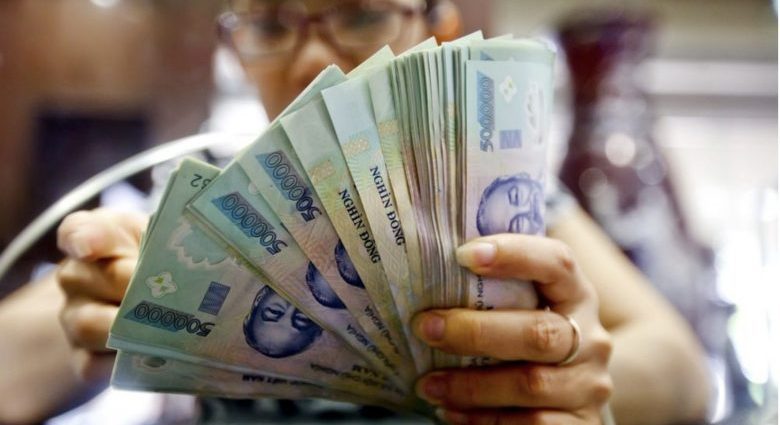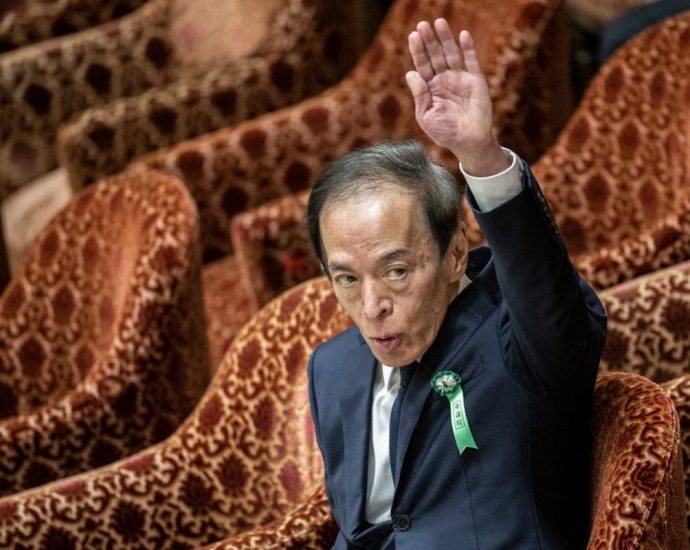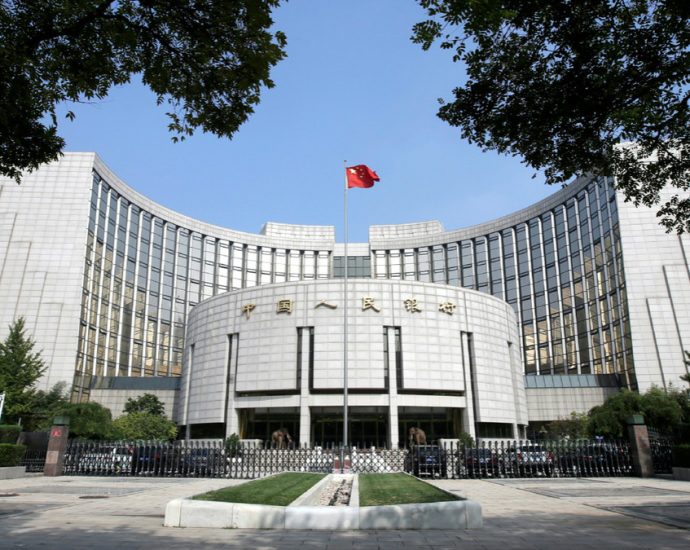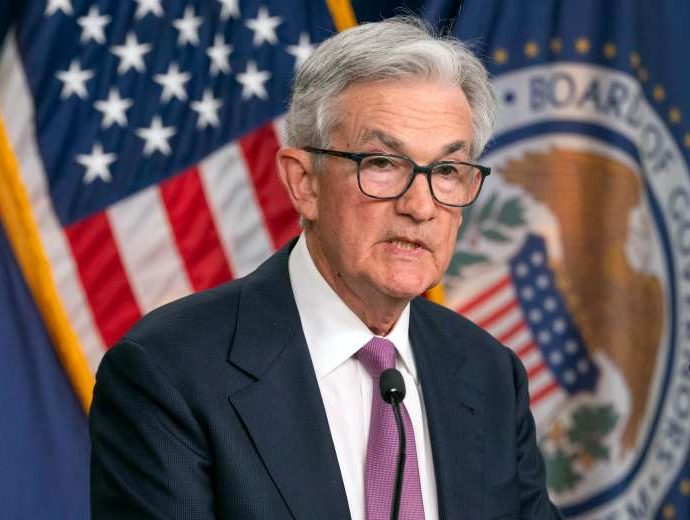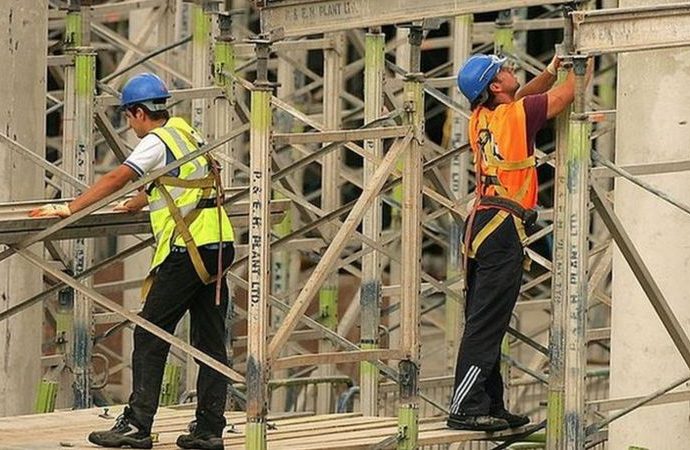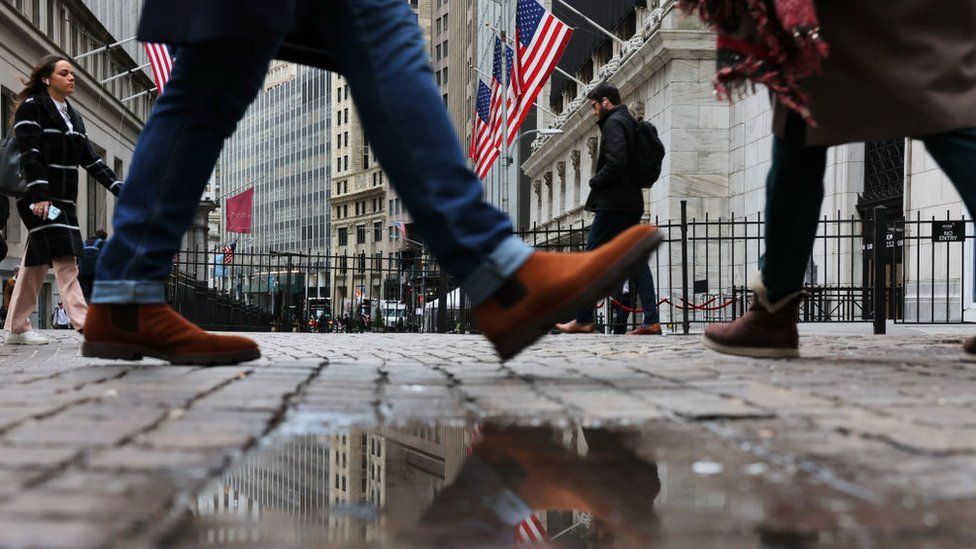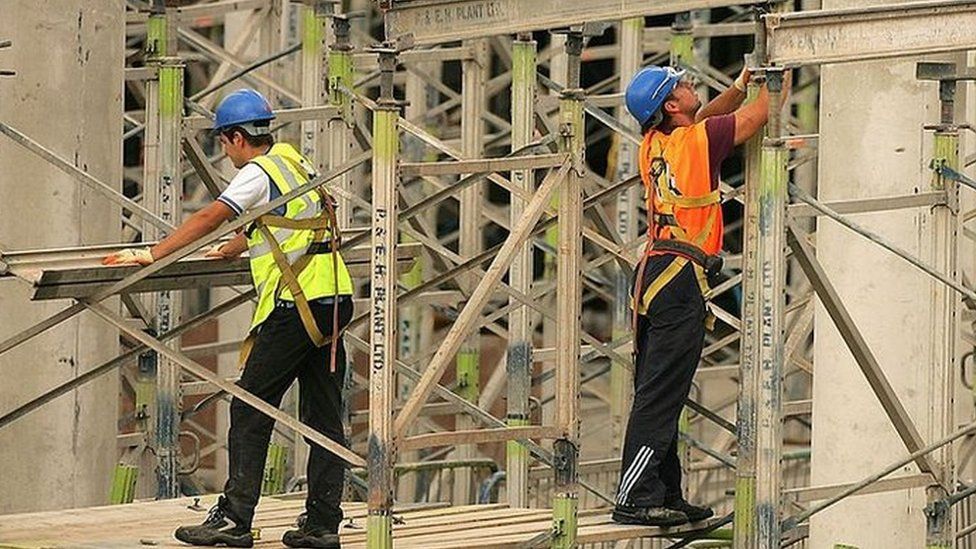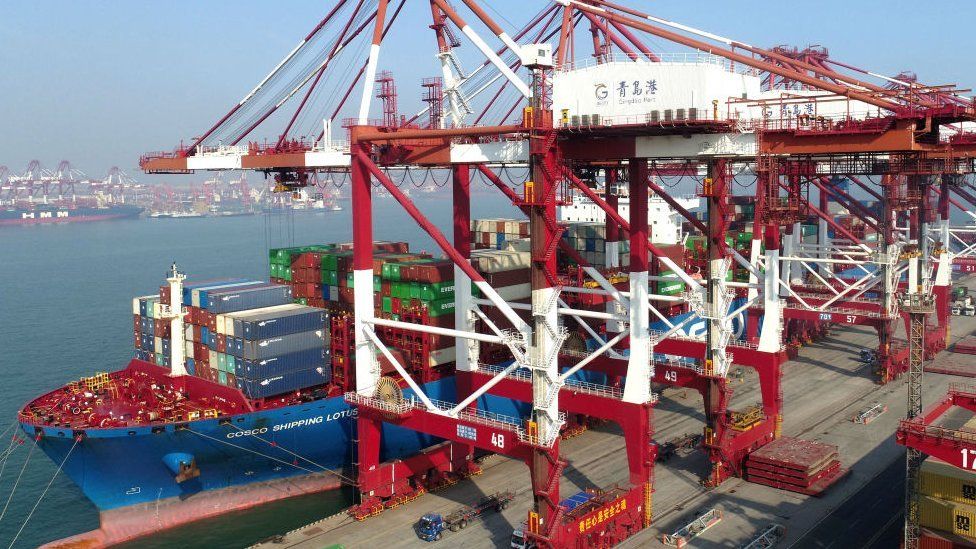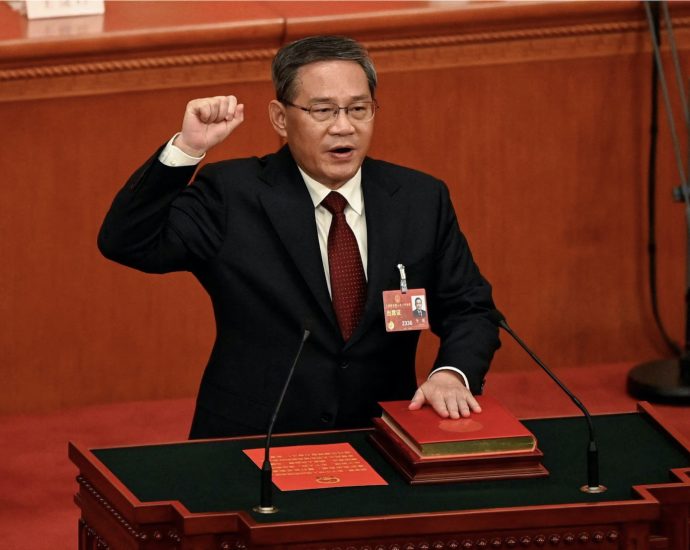Vietnamâs boom looking like a property bust
HANOI – Vietnam’s once-thriving real estate sector is under stress as developers default on their bonds, a market downtrend set in motion last year by a government crackdown on dubious property deals. That, in systemic turn, is putting new strains on the banking sector.
With economic growth projected to fall from 8% in 2022 to 6.3% this year – a figure that could be optimistic with rising economic uncertainty in Vietnam’s top global export markets – property sector troubles could deteriorate before they ameliorate in the months ahead.
The property market clampdown was launched in part to curb land speculation and slow the rampant construction of luxury condominiums, where the returns are higher for developers but largely out-of-reach to average Vietnamese investors and buyers.
The market turned last October when Ho Chi Minh City-based property tycoon Truong My Lan, chairwoman of the Van Thinh Phat Holding Group, was arrested on charges of bond market fraud. Her arrest sparked a run on the Saigon Commercial Bank (SCB), where Truong allegedly has a close lending relationship.
A State Bank of Vietnam (SBV) intervention, which guaranteed to cover all SCB deposits, prevented a potential systemwide run on banks. But the central bank intervention did not, however, stop an eventual rout on Vietnam’s nascent, property-oriented bond market.

Truong was arrested due to her company’s alleged abuse of a bond issue, which banking sources say diverted funds away from its designated capital-raising purpose for land speculation.
Truong was not the only high-profile victim of last year’s anti-corruption drive, which saw the sacking of former state president Nguyen Xuan Phuc and two now ex-deputy prime ministers.
The timing of the clampdown couldn’t have been worse. The SBV was forced to raise interest rates by 200 basis points shortly after Truong’s arrest, a monetary tightening that sought to contain galloping inflation, bolster the falling dong currency, and replenish sagging foreign exchange reserves.
The interest rate hikes were a further blow to property developers and buyers and added pressure on banks. Local banking sources say there was near zero credit growth in the first three months of 2023, a reflection of enduring trouble in the property sector.
Faced with declining sales and uncertainties about the legal status of several projects (the corruption campaign targeted questionable deed titles for urban land where several high-rise, luxury condominiums were built), property companies have defaulted on their bonds as cash flows have dried up.
In February, Novaland Investment Group, Vietnam’s second-largest property group, defaulted on a 1 trillion dong (US$43 million) bond issue.
According to a S&P Global Ratings report, as of March 17, 2023, at least 69 Vietnamese bond issuers were unable to meet their debt obligations on maturity, with a total default value of 94.43 trillion dong, representing 8.15% of the bonds’ outstanding value.
“By sector, 43 issuers are enterprises in the real estate industry with a total value of defaulted corporate bonds at 78.9 trillion dong, accounting for 83.6% of the total default value,” said the report.
Unless the tide somehow turns on the property sector, many more defaults could be on the horizon. “The real estate sector has the largest outstanding bond value of 396.3 trillion dong, which accounts for 33.8% of the total outstanding bond value,” noted S&P.
The bond market slump – new bond issues fell more than 90% year-on-year in the first quarter and there were none issued in May – has hit Vietnam’s stock market, which has underperformed the region. There are some 20 listed private property firms on the two stock exchanges, some among Vietnam’s top companies.

To be sure, credit rating analysts see upside to the government’s actions.
“Government policies were to discourage property speculation and support the affordable segment of the market,” said Fiona Chan, an assistant-director at S&P Global Ratings.
“This approach may help the Vietnam property market progress towards a more sustainable growth in the long term, but the market will need to sustain some short-term pain. For pre-sales, we estimate that aggregate sales will decline by 15-20% this year,” Chan told a recent webinar
The wave of defaults also reflects regulatory failings in the bond market, which has only taken off in the past five years, driven to a great extent by the fast-expanding property sector. All bonds are sold domestically in dong currency to mostly private investors and local banks.
“I think the bond market got ahead of the regulators, a bit,” said Barry Weisblatt, an investment strategist at SSI Asset Management Company. “They hadn’t really developed the rules so people were gaming the system,” he said.
Realizing they had been too lax on bond issuances, authorities last September issued Decree #65, which suddenly tightened regulations and required more disclosure for the private placement of corporate bonds.
The result was dramatic with a more than 90% reduction in bond issuances thereafter. In March this year, authorities essentially retracted Decree #65 and replaced it with Decree #8, which postponed the tighter regulations for at least a year.
While the delay was welcome, in the longer term authorities will need to more vigilantly regulate the bond market, analysts say.
“The government has responded in a way which I think is conducive for the long-term development of the bond market,” said Xavier Jean, senior director/corporate sector for S&P Global Ratings. “It is a process that can take years, but I think it is a necessary first step,” he added.
Meanwhile, Vietnam’s corporate sector and small and medium-sized enterprises (SMEs) have over time become even more reliant on banks, which are suffering from their own constraints this year.
Vietnamese banks have grown their assets at 15-30% over the past decade, with a high percentage of the system’s loans going to real estate – one of the few business sectors in which the local private sector has taken off in a still largely communist-controlled economy.
“Exposure of state banks to real estate is about 27% of their books, compared to 37% for private banks – developers, construction companies and residential mortgages,” said Tamma Pebrian, an analyst for Fitch Credit Ratings in Singapore.
Vietnam’s four largest state-owned banks, which account for more than 40-45% of the banking system’s assets, have the advantage of being the exclusive source of funding for the country’s still numerous and powerful state-owned enterprises (SOEs).
Many of the more successful private banks have cultivated close ties with private property developers over the years, which allowed them to grow their books and profits in tandem with the property boom.
As developers sought more funding, and because banks face strict single-client lending ceilings, banks and their affiliated security firms helped many developers issue debt on the bond market, acting both as buyer and agent for selling the issuances to the public. There are no institutional investors such as endowments, funds or insurance companies in communist-run Vietnam.
The banks then helped real estate companies by issuing mortgages to investors interested in buying their condominiums and other property developments. This bank-client relationship was a win-win until the government intervened last year.
In March, Moody’s Credit Ratings downgraded its outlook on Techcombank, one of Vietnam’s most profitable private banks, from “stable” to “negative.” Moody’s said the downgrade reflected an expectation that negative impacts from the real estate market will affect the bank’s “independent credit strength.”

Techcombank is one of the main creditors to VinGroup, whose affiliate Vinhomes is the largest property group in Vietnam with developments in over 40 cities across the country. VinGroup has not defaulted on any of its bonds, yet.
SBV, instead of forcing defaulted bond issuers to pay up or go bankrupt, leaving the public out of pocket and the banks with massive non-performing loans in the form of bad bonds on their books, has taken a softer approach.
Issuers and holders have been encouraged to restructure bond repayment periods, or in some cases accept condominium units in lieu of payment.
Earlier this year, the central bank also allowed banks to lower their interest rates by 100 basis points while raising the system’s credit growth ceiling to 16%, which is still low by Vietnam’s historical standards.
After years of rapid growth and impressive profits, this year is expected to be a comedown for Vietnam’s banks. That said, most analysts do not foresee a systemic collapse in the cards.
“Vietnam’s domestic banks benefit from their external net asset position, with still-limited linkages to global markets,” S&P said in a May press release.
“However, thin capital buffers, elevated indebtedness in the economy, cross-ownerships, connected lending, and the current property market, including the wider impact on upstream construction and downstream services, could affect the banks’ asset quality,” S&P said.
Many of the better-run private banks boosted their capital adequacy ratios during the boom times, and while the big state banks still need to do so, they are in little to no danger of going under, analysts say.
“Last year the banks saw 30% profit growth, so it was a real boom period,” said Fitch’s banking analyst Pebrian. “This year we are expecting about 13% profit growth for the sector,” he said – a fallback, to be sure, but not a collapse.

